Getting Started in
Dog Agility
Dog agility is an exciting and thrilling sport that allows you to bond with your furry companion while challenging both of you mentally and physically.
Breeds:
Many dog breeds excel at dog agility, but some breeds are specially well-suited to the sport. That's because of their natural energy, intelligence, and athleticism. Here are 9 breeds that are well-suited for agility:
- Border Collie: Highly focused and driven.
- Shetland Sheepdog: Quick and agile.
- Australian Shepherd: High-energy, herding instinct.
- Jack Russell Terrier: Small, energetic, quick and agile.
- Poodle: Intelligent and agile.
- Labrador Retriever: Friendly, outgoing, athletic.
- Australian Cattle Dog: Athletic, quick agile.
- Belgian Malinois: High energy, fucus, speed.
- English Springer Spaniel: Athletic, energetic, trainable.
Remember any breed of dog (who is healthy and free of physical limitations) can participate in agility, and any such dog can excel with proper training, socialization and conditioning.
It's important to check with a vet before starting full scale agility training. Be sure to keep in mind your dog's well-being.
Agility steps to keep in mind:
If you're ready to take the leap and get started in dog agility, here are some things to keep in mind.
Find a local dog agility class:
The first step to getting started in dog agility is to find a local class that is taught by a certified instructor.
One of the best to find a dog agility class is to visit https://googility.com and enter your postal code. You will then see agility training clubs or instructors near you.
If you live in the UK, you may want to visit this website, which specializes in dog agility clubs in the United Kingdom.
https://www.agilitynet.co.uk/clutch/clubs.htm
You could also using your favorite search engine to find clubs near you by searching like this: "dog agility training near <your postal code>
Look for classes that are geared towards beginners and that offer a positive and supportive learning environment. A good class will provide you with the knowledge and tools you need to get started, and the instructor will be able to give you and your dog personalized attention.
Evaluate your dog's fitness level:
Before you begin dog agility training, it's important to evaluate your dog's fitness level. Make sure your dog is healthy and able to handle the physical demands of agility training. A great way to assess your dog's fitness is by taking them on regular walks and runs, or by playing fetch. Consult your veterinarian if you have any concerns about your dog's health and readiness for dog agility.
Start with basic dog training:
Before you begin working on agility obstacles, it's important to have a solid foundation of basic training in place. This includes cues such as sit, stay, heel, and come. Training your dog these basic cues will help them to understand what you want them to do, and will make agility training much smoother.
To give your dog a headstart, be sure to train your beloved furry friend to respond to cues like stop, go to your crate, turn left, turn right, go straight. These are called directional cues, and the training is referred to as Directionality Training. Discover more about Directionality training here.
Introduce your dog to agility obstacles: Once your dog has a solid foundation of basic training, you can begin introducing them to the various agility obstacles. Start with simple obstacles such as the tunnel and jumps with the bar removed.
As your dog becomes more confident and skilled, you can move on to more complex obstacles such as jumps with the bar raised a few inches above the ground, a low A-frame, and a low Dog Walk. Later you can introduce the weave poles or the teeter-totter.
Reward-based training:
Positive reinforcement training is the best way to train your dog for agility. Use super delicious treats like boiled chicken or wet dog food (not kibble).
Study clicker training and click and treat. to reward your dog at first for just moving toward and obstacle! Then gradually shift the criterion upward until your dog needs to correctly completing an obstacle before getting a reinforcement.. Discover the details at:
https://www.dogtrainingpsychology.com/clicker-training-exposed
This will help to build your dog's confidence and make training more enjoyable for both of you. Plus, who doesn't love a good belly rub or a tasty treat for getting started or for a job well done?
Have fun:
Remember to have fun and enjoy the process. Agility training is a great way to bond with your favorite furry companion and to challenge both of you mentally and physically. It's a chance to let loose and have some fun together. So be sure to remember these two words: "Have fun." It is too easy for new dog agility handlers to get caught up in competition and lose sight of why they started dog agility in the first place.
Socialize and Expose:
Be sure to socialize and expose your dog to different environments. This is specially important. Your dog will competing in all kinds of different environments and they need to be comfortable in all of them. Bring your dog to dog parks. Go as a spectator with your dog whene competition is going on. Walk all around the perimeter of the venue. Be careful not to get in the way of other dogs and competitors. Be kind and considerate of others at the competition.
Attend lots of Fun Matches, which are simulated competitions with relaxed rules where you can send your dog to any obstacles you want without having to follow a prescribe course map. Alternatively, sign up for a competition and designate your entry as FEO, which means for "For Exhibition Only." FEO is similar to a Fun Match, but rules vary from organization to organization. Usually treats are not allowed in the ring, just toys, which you can carry but not throw.
Join a competition club:
Look for an agility competition club in your area, they often have training sessions, practices, and competitions. Joining a club will give you access to more resources and help you meet other people who share your interest in dog agility. And attending a competition is a great way to see different training methods. Doing this will give you inspiration for new obstacles or techniques to try with your own dog.
Learn about different Agility Organizations:
There are several dog agility organizations that offer dog agility. In the USA the main clubs are:
- USDAA
- NADAC
- UKI
- AKC
You can discover more by searching with your favorite online search engine. If you live in Poland, a search query might be "dog agility competitions in Poland"
Dog agility is a fun and rewarding sport for both you and your dog. With patience, consistency, and positive reinforcement, you and your dog can learn to navigate the obstacles and have a blast doing it. By studying online courses you can often discover special techniques not taught locally. You can discover more about to training for dog agility by visiting the home page of this website: https://dogtrainingpsychology.com.
Note that links to many free dog agility lessons are offered on subjects such as agility equipment, backside jumps, building trust, calming your dog, course walking, puppy training, front crosses and more at
https://www.dogtrainingpsychology.com/all-pages.
Imagine the look on your dog's face as he or she flys through the tunnel or navigates the weave poles with ease. It's a feeling of accomplishment that will be shared by both of you. So, grab a leash and a bundle of $1,000 dog valued treats, and get ready to have some fun!
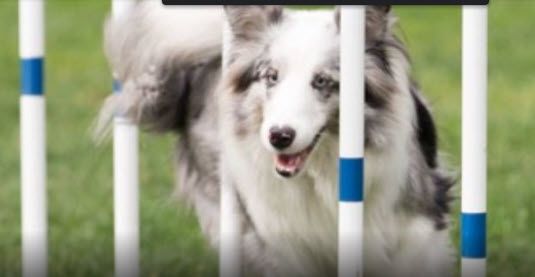
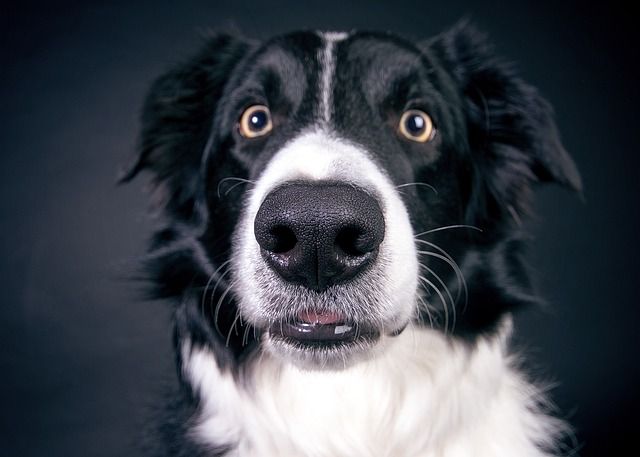
Border Collie
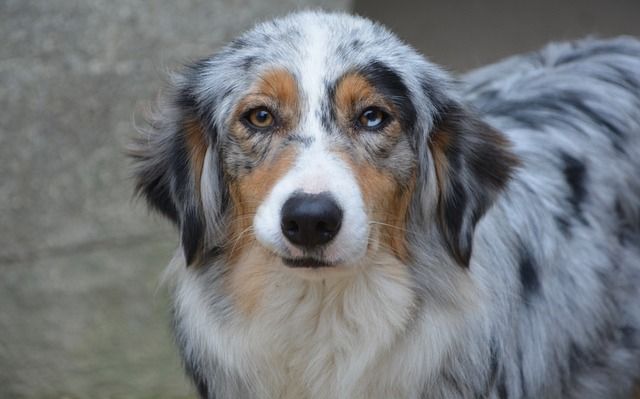
Australian Shepherd
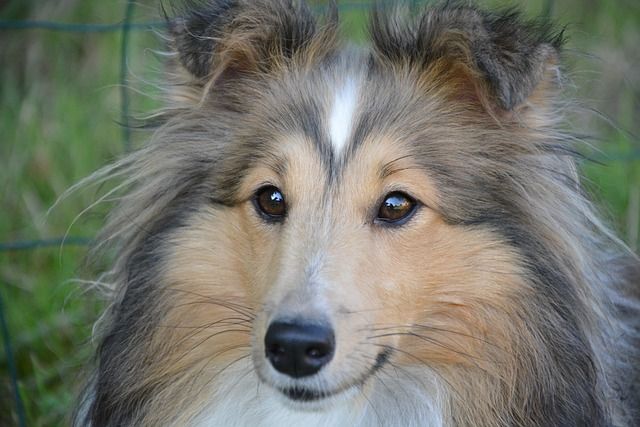
Shetland Sheepdog
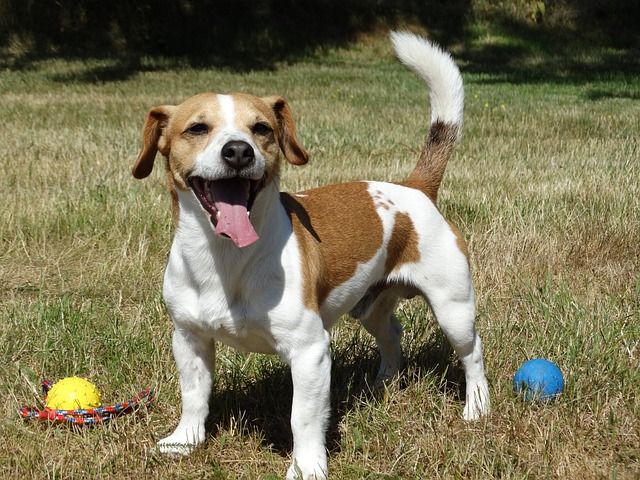
Jack Russell Terrier